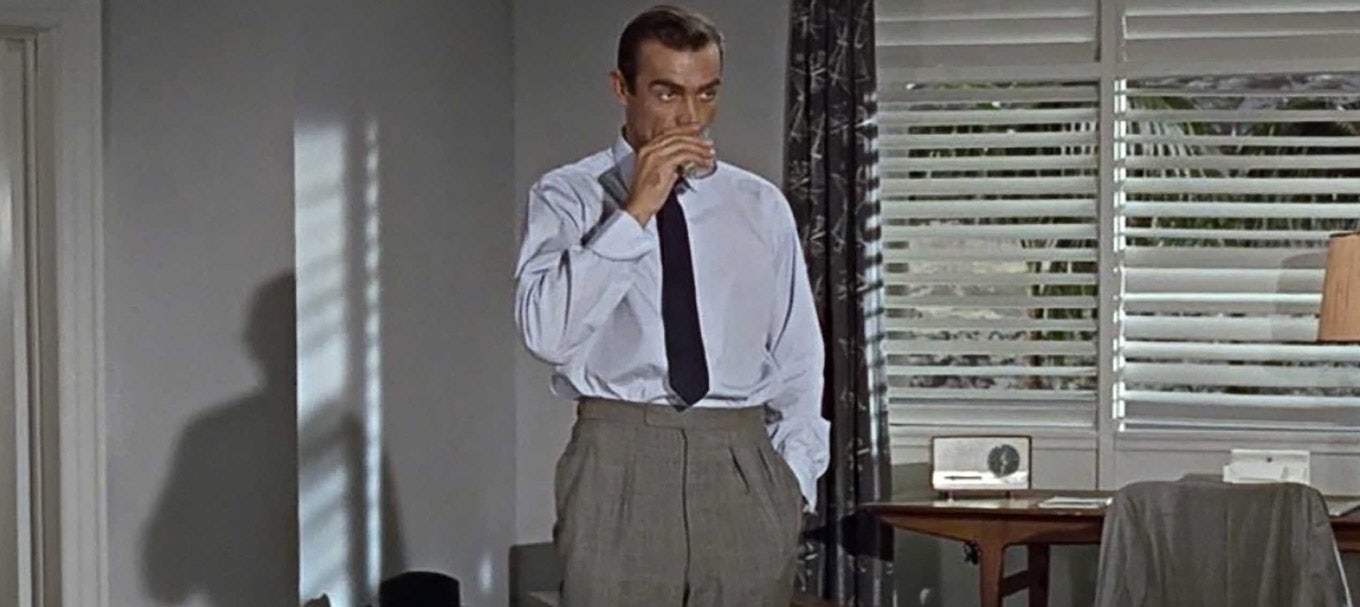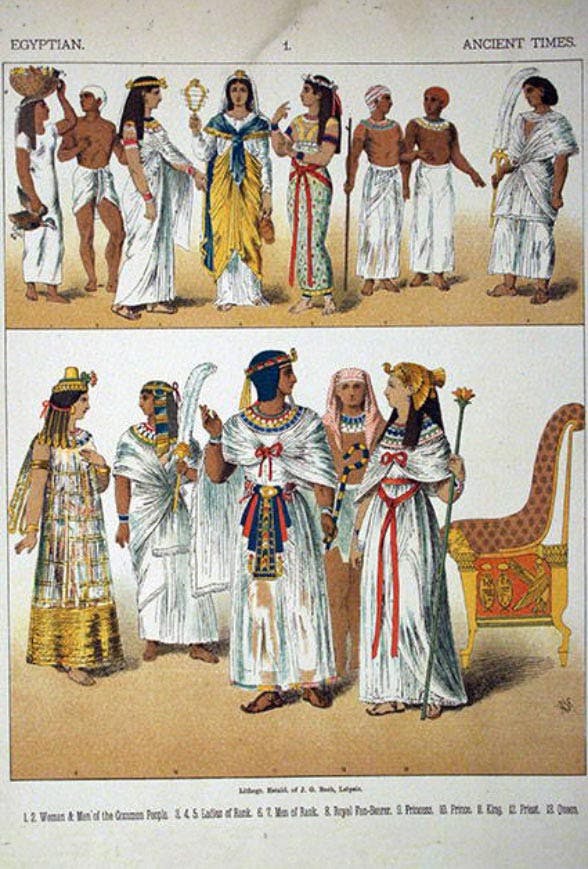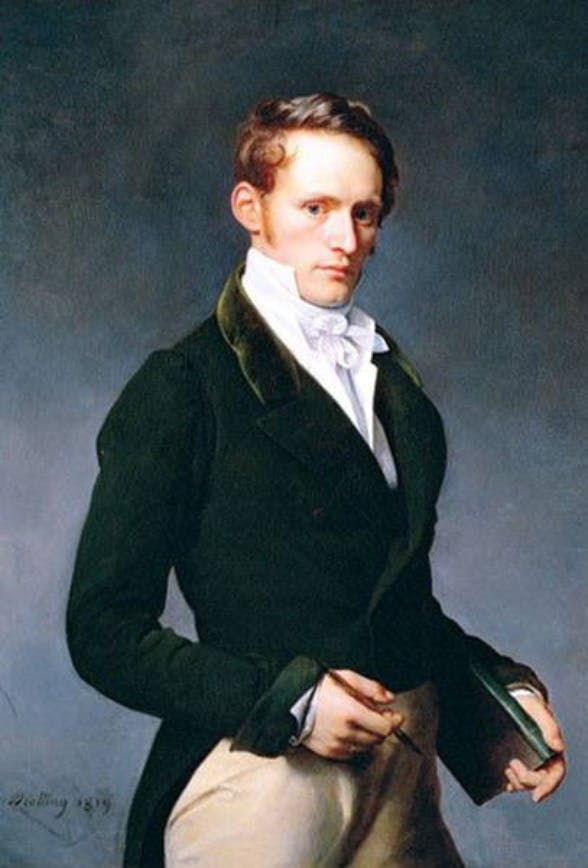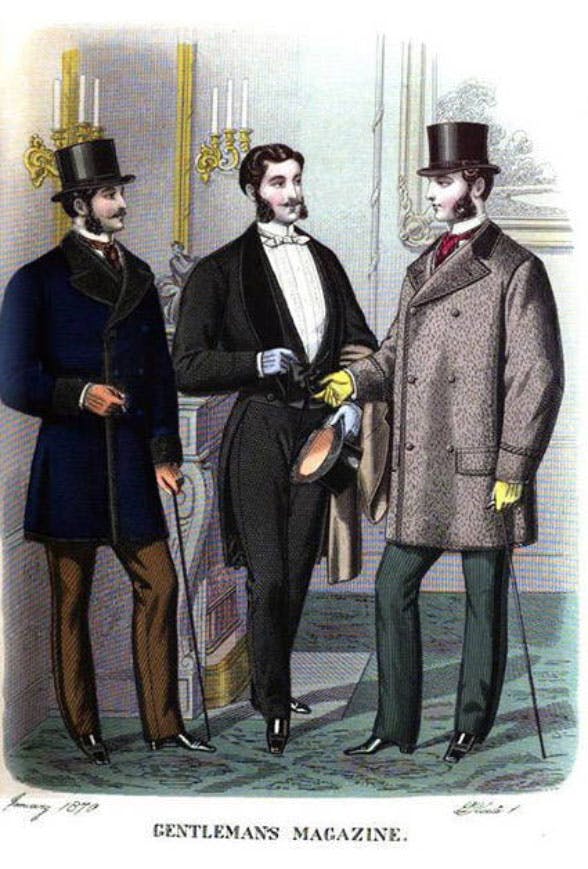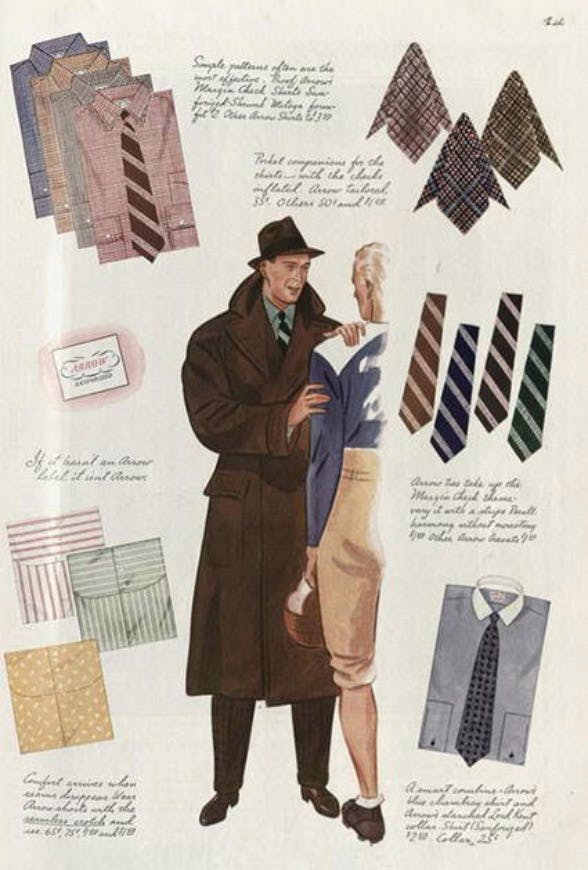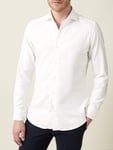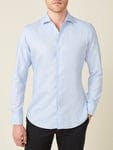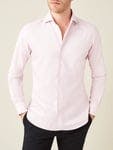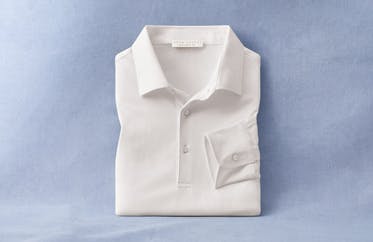For those who work from home, getting dressed can be one of the best ways to boost your mood and keep productivity levels high. Psychologists have found that what we wear impacts our thinking. A 2015 study in Social Psychological and Personality Science measured how people performed based on what they wore, increased personal presentation resulted in an optimised mood and improved performance.
The days are getting longer, the sun is starting to break through the clouds and the temperatures are slowly rising. Spring is most certainly here, but at Luca Faloni we don’t chop and change with the seasons. Instead, we focus on longevity. Rather than starting from scratch every season, we believe in curating a permanent wardrobe. Considerately crafted with versatility in mind, our relaxed yet luxe pieces can be styled for any season, so allow us to introduce the pieces which will effortlessly slip into your spring style repertoire.


